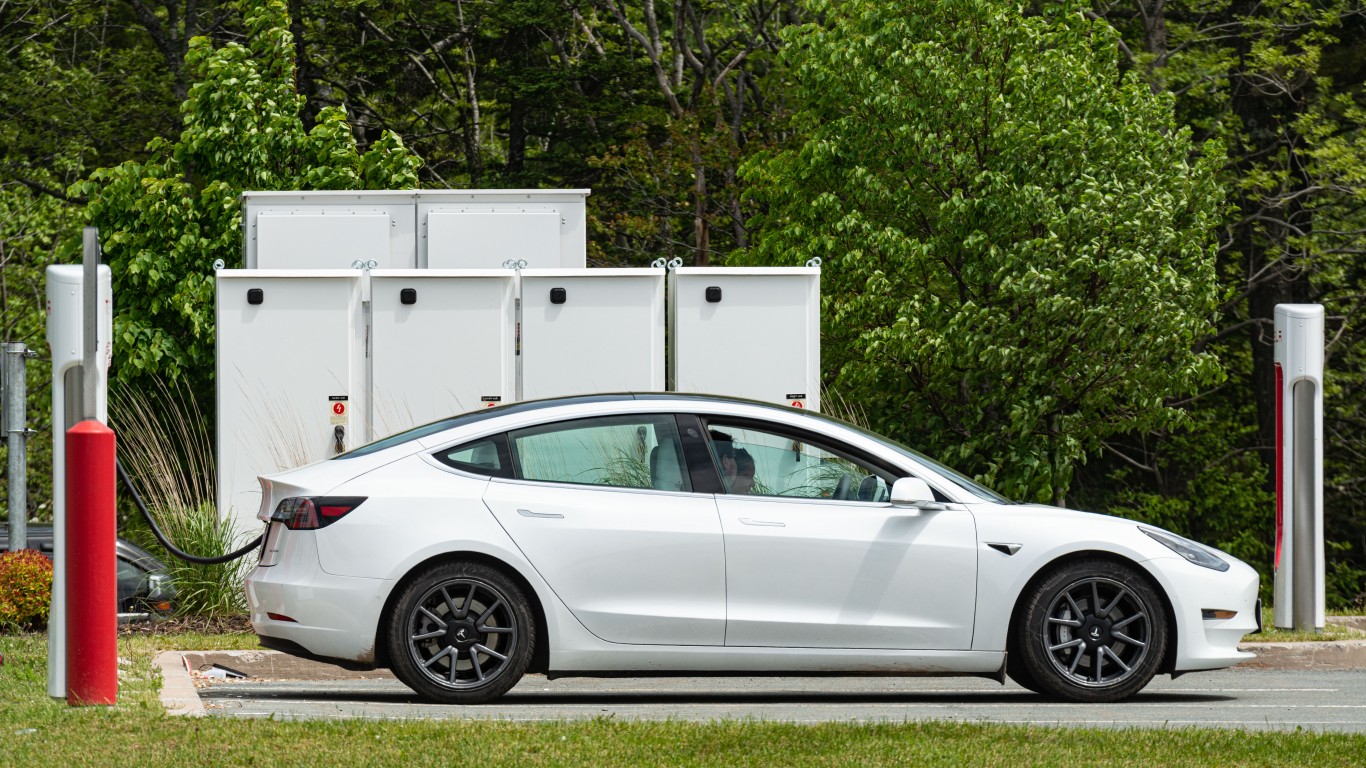
May U.S. car sales are expected to fall 33% from a year ago to 1.05 million. While the figure is a recovery from April, it shows the long road to a comeback for America’s two large carmakers, Ford Motor Co. (NYSE: F) and General Motors Co. (NYSE: GM).
Cox Automotive forecasts that, based on May, the pace of sales will put the 2020 figure at 11.4 million. That compares to 17.4 million last year. It will be the worst year since 2009, at the depths of the Great Recession. The industry’s crater that year forced GM and Chrysler into bankruptcy. The major manufacturers, including Ford and GM, claim they have balance sheets that will allow them to ride out the current turmoil.
GM’s shares are down but do not trade as if the company is in deep trouble. At about $27 a share, the stock trades in the middle of its 52-week range. The low for the period is $14.33, and the high is $41.90.
Ford’s shares also indicate that it is not in unrecoverable trouble. The stock trades near $6, in a 52-week range of $3.96 to $10.56.
The two companies have equally deep trouble in China, the world’s largest car market. Each posted sharp drops in sales last year, well before the pandemic. The Chinese market has been considered the future of the success of the global car industry. That is no longer true, at least for the time being.
Cox closed its analysis with its opinion of the near-term future:
As the industry drives into the summer selling season, a full sales recovery faces multiple headwinds. This crisis is unique because the industry is facing a negative demand shock and a negative supply shock simultaneously. Vehicle factories have been mostly closed since late March and are only beginning to restart. That means new-vehicle inventory is at the lowest volume in more than a year. Low inventory means less choice for consumers, particularly with popular vehicles like pickup trucks and SUVs. As sales begin to recover, inventory levels will be drawn down even further, quickly causing some brands to face serious shortages. At a minimum, selection may become more limited as the desired model may be in stock but not in the consumer’s preferred color or trim, potentially resulting in the consumer delaying purchase, switching brands, or moving into the used-vehicle market.
The industry will move from the effects of too few sales to the effects of too many.
Travel Cards Are Getting Too Good To Ignore (sponsored)
Credit card companies are pulling out all the stops, with the issuers are offering insane travel rewards and perks.
We’re talking huge sign-up bonuses, points on every purchase, and benefits like lounge access, travel credits, and free hotel nights. For travelers, these rewards can add up to thousands of dollars in flights, upgrades, and luxury experiences every year.
It’s like getting paid to travel — and it’s available to qualified borrowers who know where to look.
We’ve rounded up some of the best travel credit cards on the market. Click here to see the list. Don’t miss these offers — they won’t be this good forever.
Thank you for reading! Have some feedback for us?
Contact the 24/7 Wall St. editorial team.




